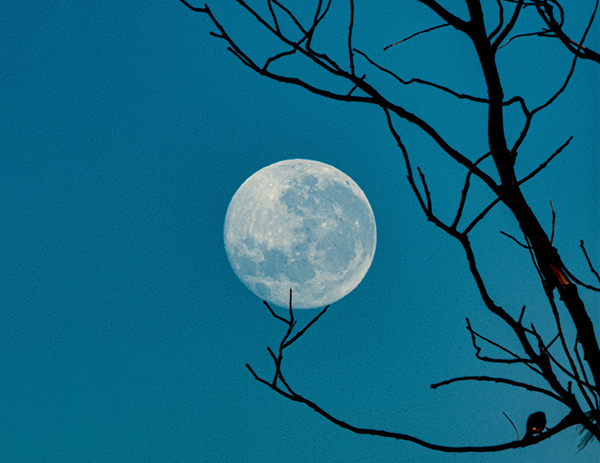News And Advice From The Leading Thousand Oaks Tree Trimming Company
Here it comes — the winter solstice on December 21. For those beautiful trees in your yard, that means it’s time for some winter pruning. During the dormant season your trees temporarily slow their growth. It might sound like that’s not a good thing, but it actually provides them with a chance for healthy revitalization in the spring. There are additional reasons for tree trimming in the winter, including the following.

Managing disease. One of the advantages of pruning in winter is that it helps reduce the possibility of disease resulting from cutting. Pruning in warmer months can cause certain diseases to spread, while the bacteria, fungi, parasites and insects that cause or spread disease are typically either dead or dormant in the winter months. As a bonus, it’s also easier to spot the presence of some diseases when the tree is bare.
Preparing for the spring. When we prune a tree during dormancy we’re giving it a good foundation for new growth in the spring. When leaves are absent we can more easily improve the branching pattern in order to direct future growth. On the flip side, if we prune after new growth has begun in the spring, blooming potential might be limited. Also, although we rarely get severe storms in the Conejo Valley, we do get high winds. Pruning weak or damaged branches in advance of high winds reduces the chance of loose branches doing damage.
Pruning more efficiently. When leaves are not present, it’s easier to spot what needs to be pruned. That means, as we mentioned above, it’s not only easier to spot diseased areas and identify branching patterns, we can do so more time- and cost-efficiently. If you’re not sure if your tree even needs pruning, give us a call — we’ll be happy to give your trees a full inspection.
Causing less stress. When trees are trimmed in winter, the pruning does not stimulate new growth because the tree is dormant. Pruning before buds open in spring helps the tree close the “wounds” most efficiently. That helps them heal before warmer weather brings out insects and pathogens. On the other hand, trees trimmed in late fall (just before dormancy) can be damaged by cold weather, leaving them damaged or disfigured. So now’s the time — get outside and give your trees a quick visual check. If you think they may need trimming, give us a call.

